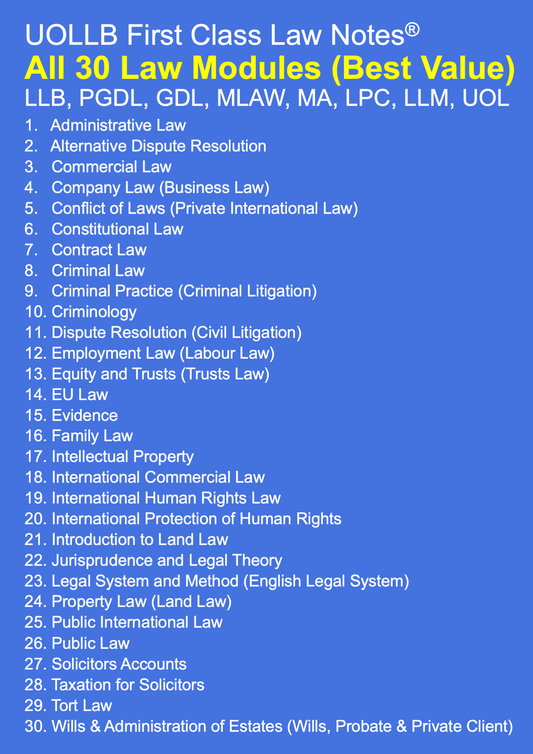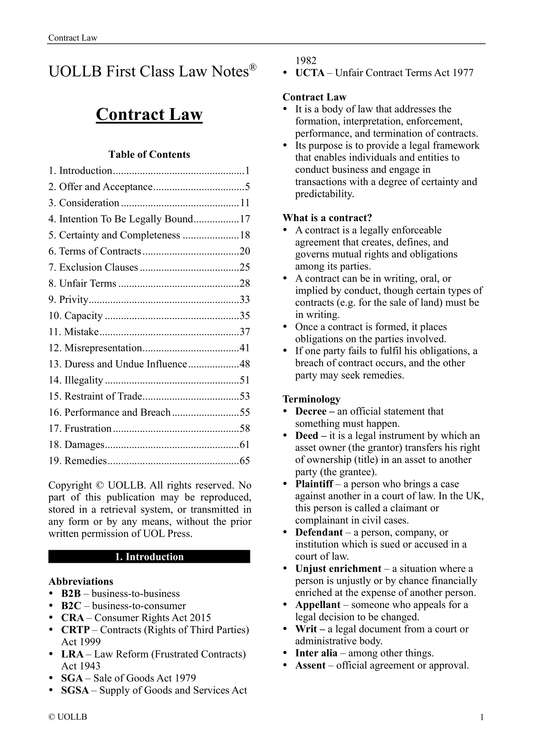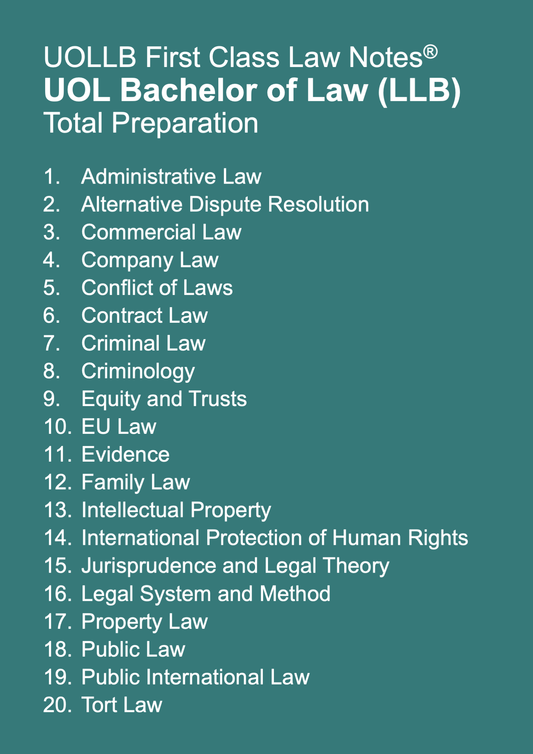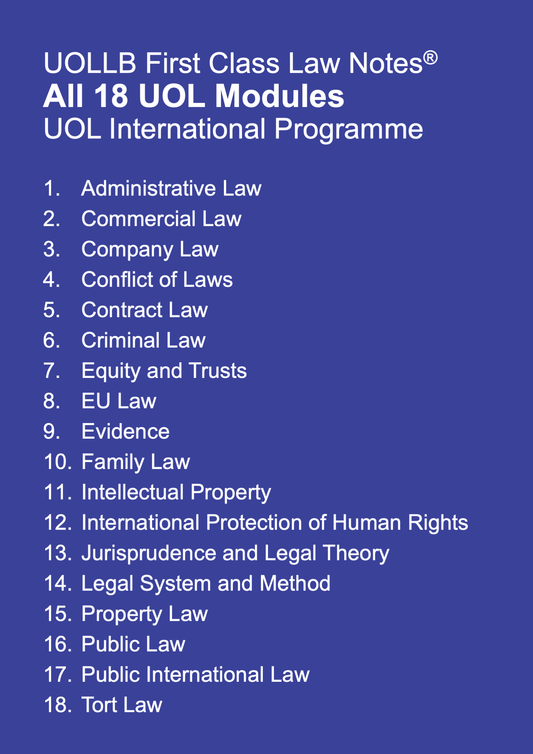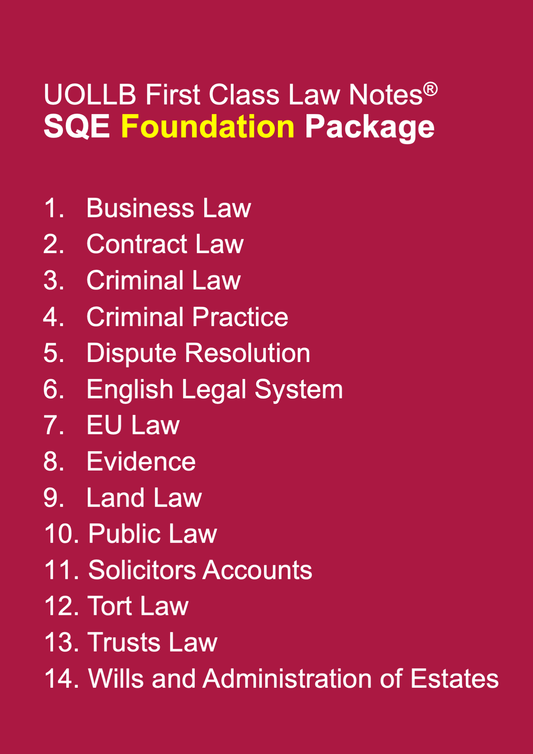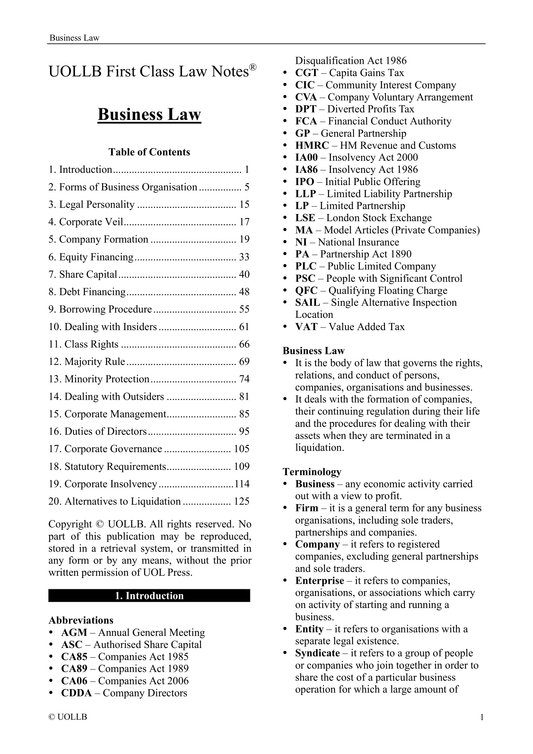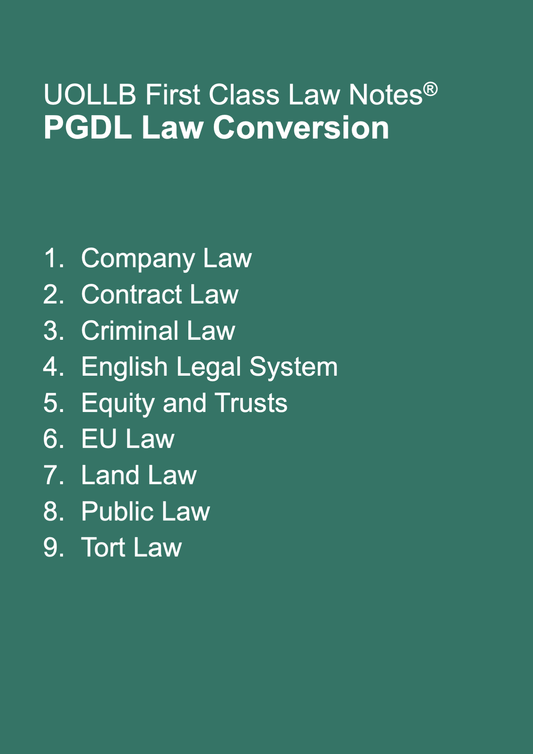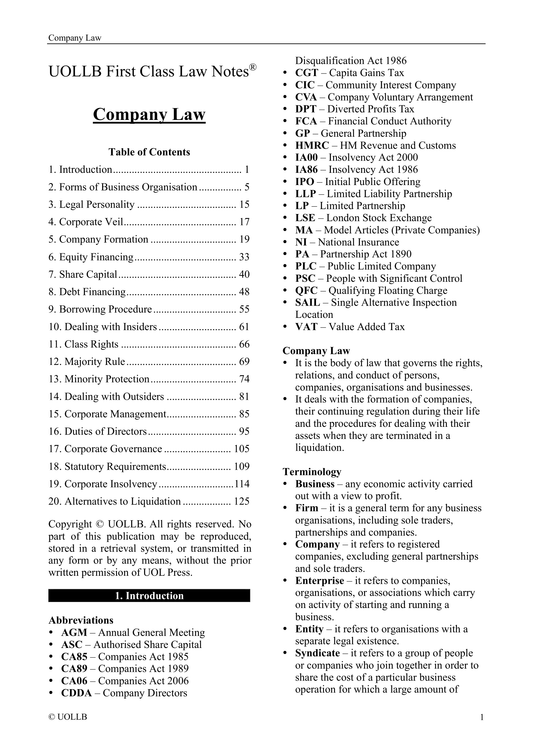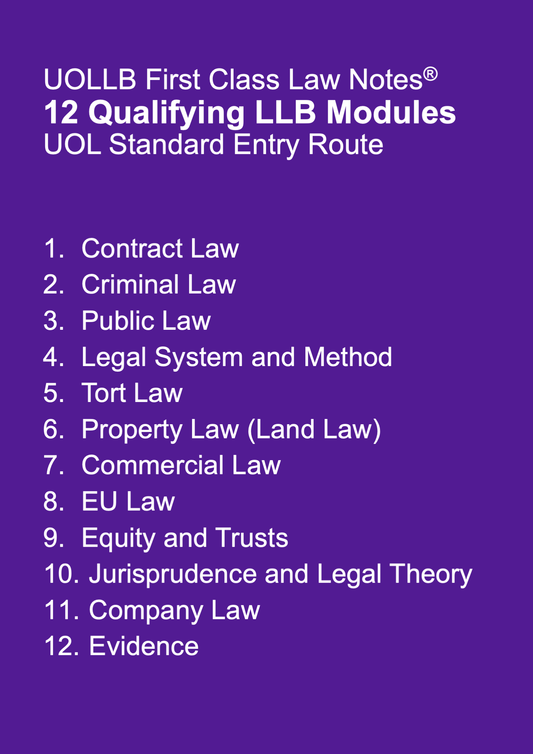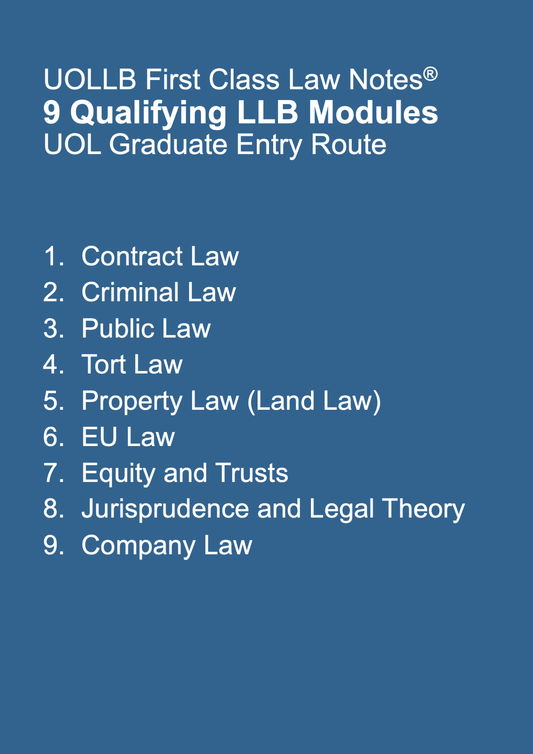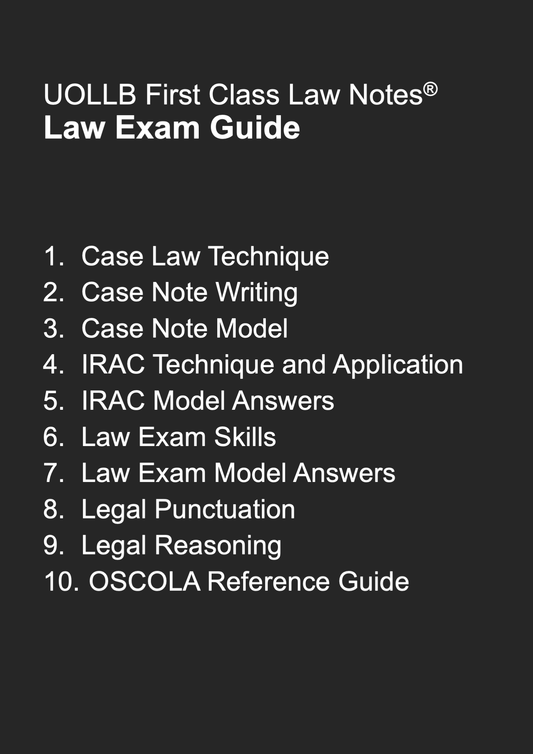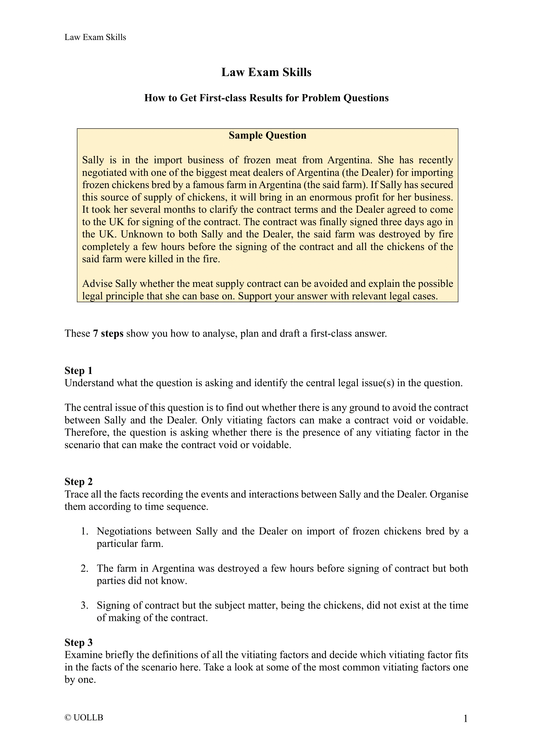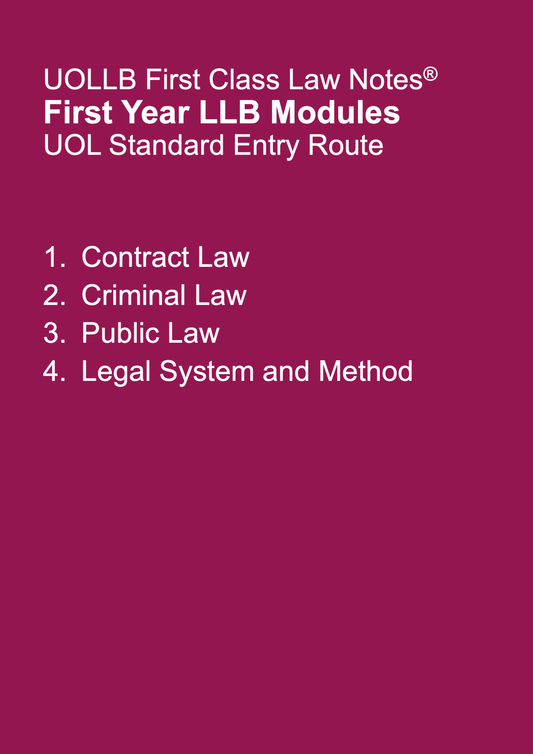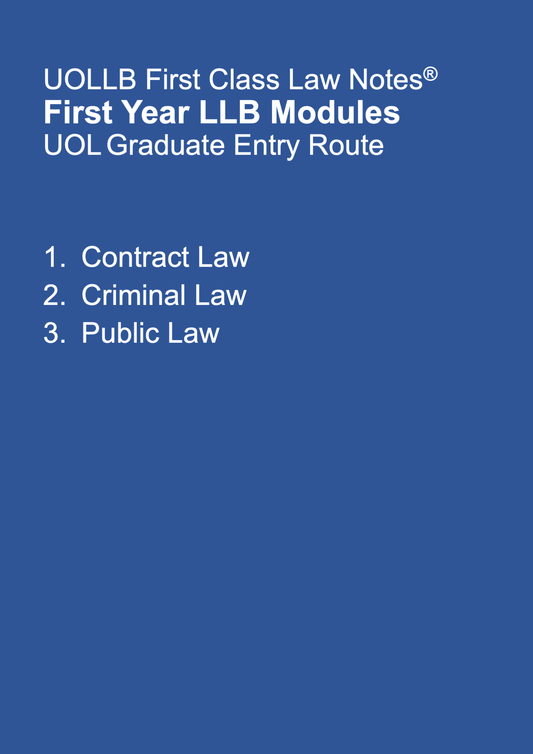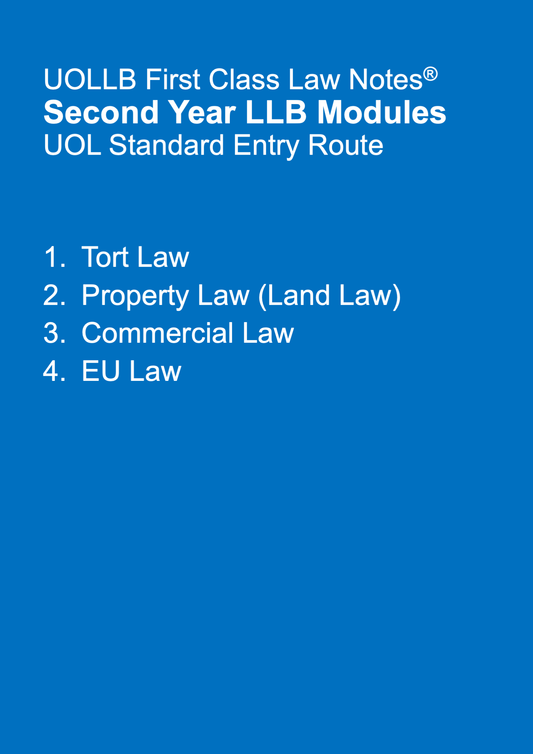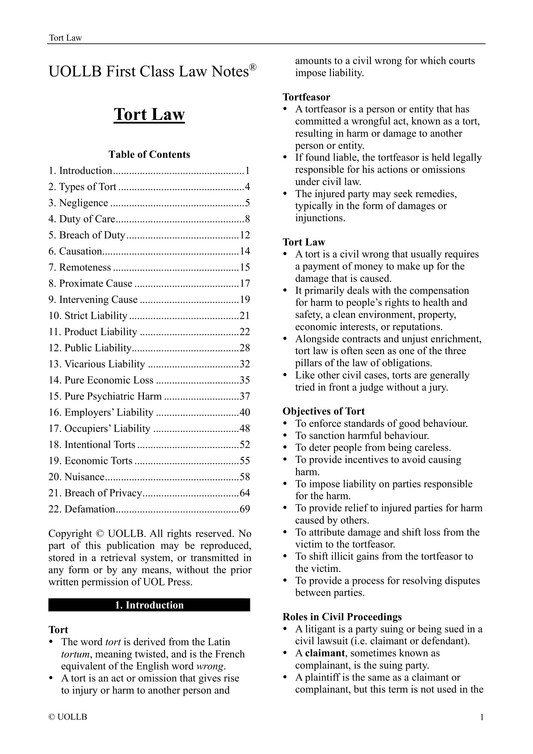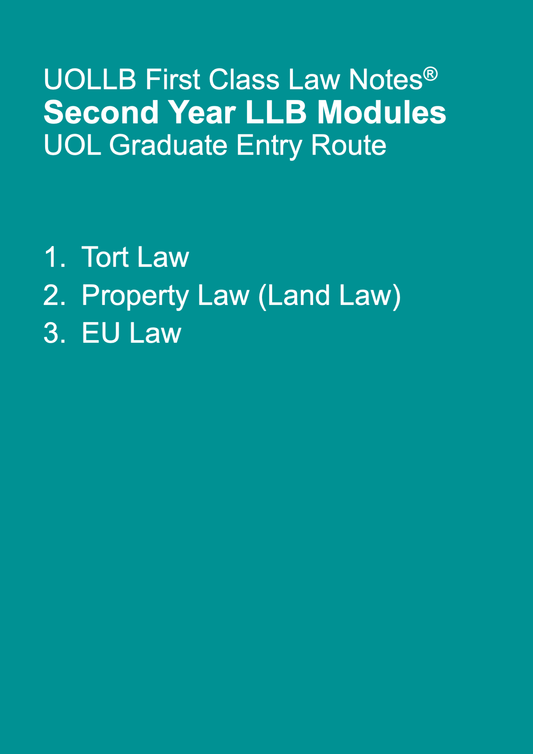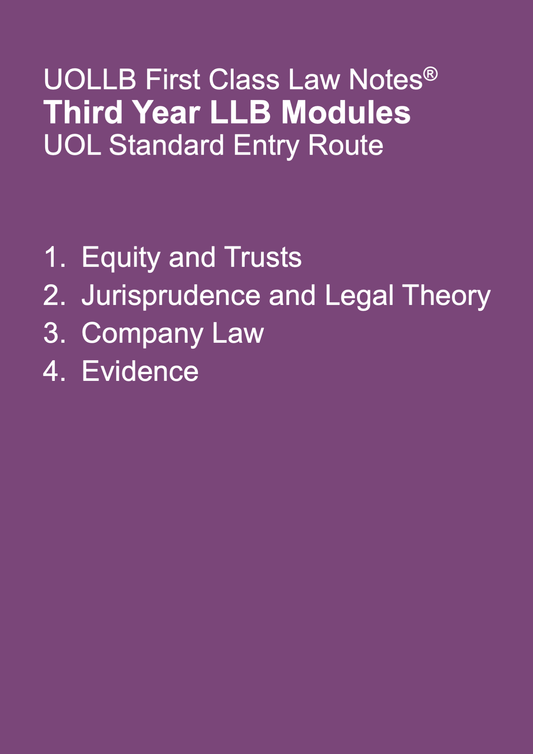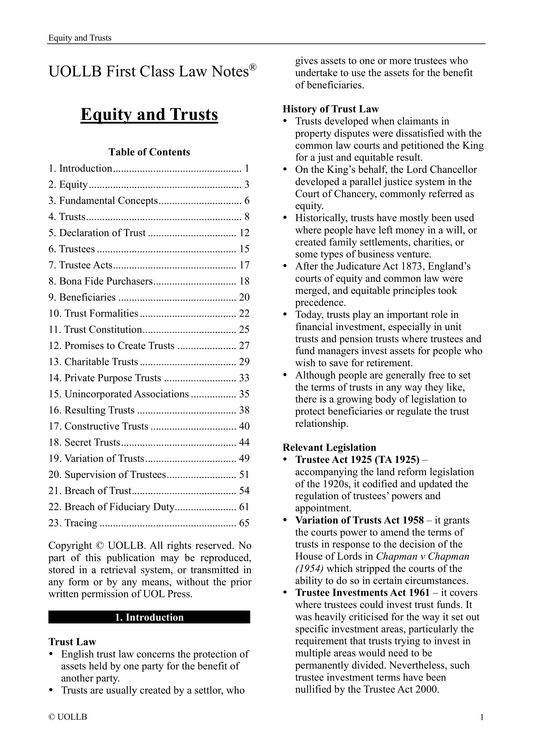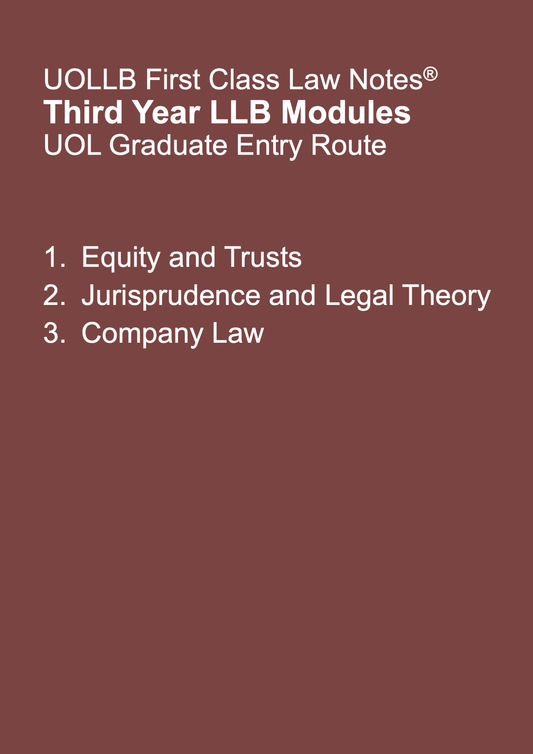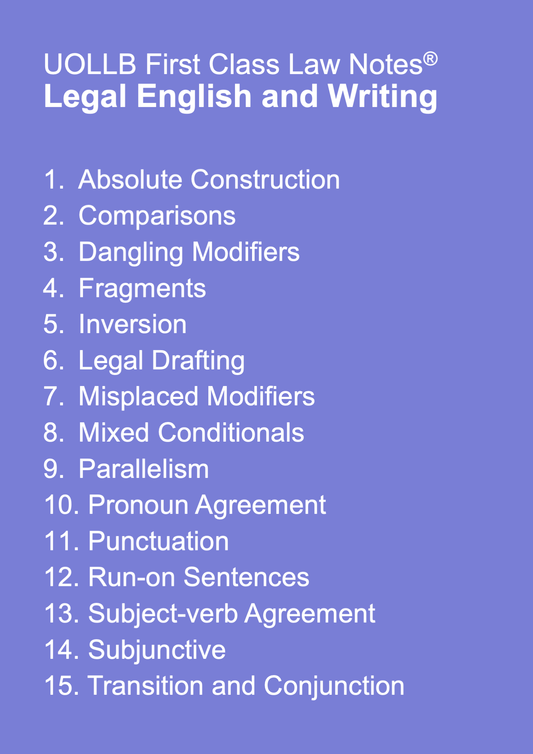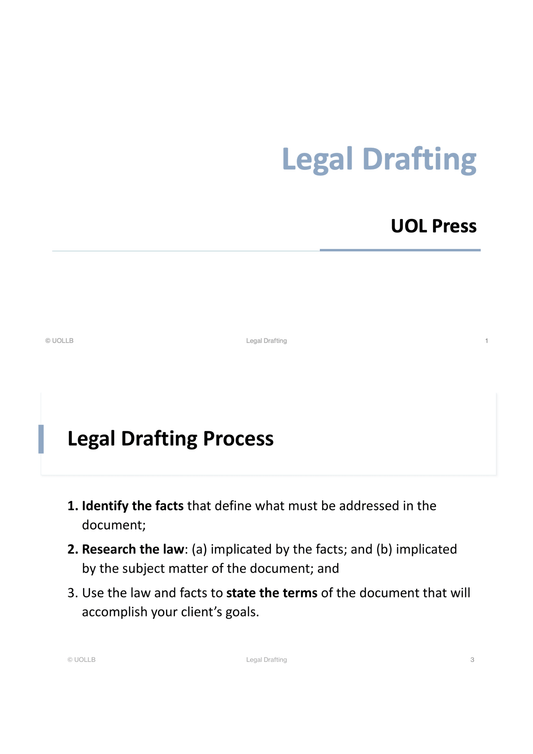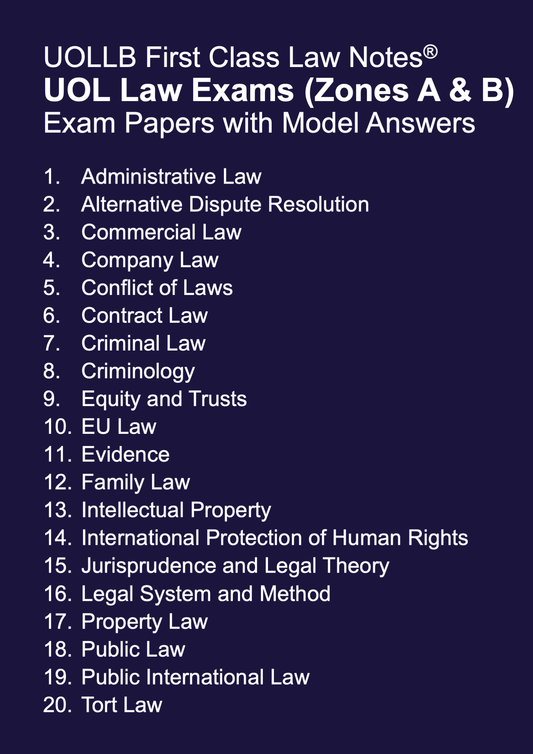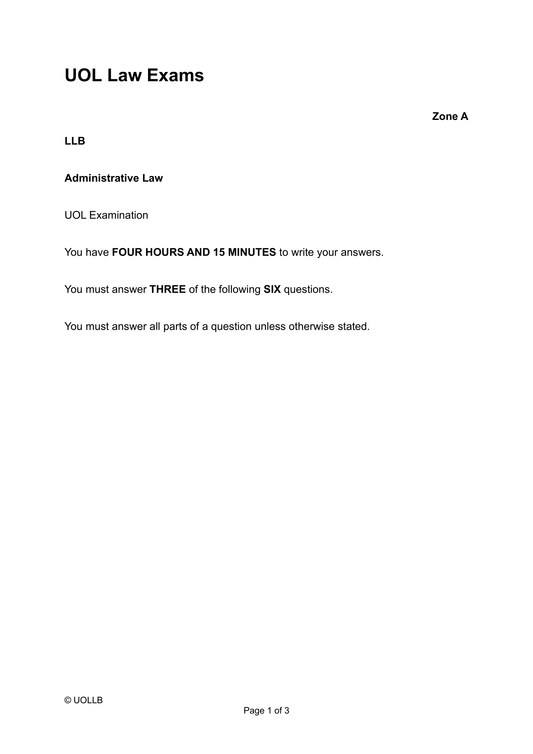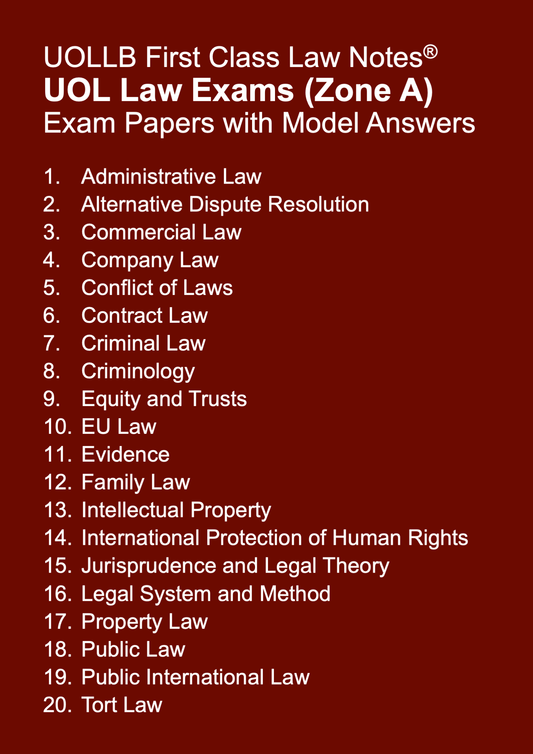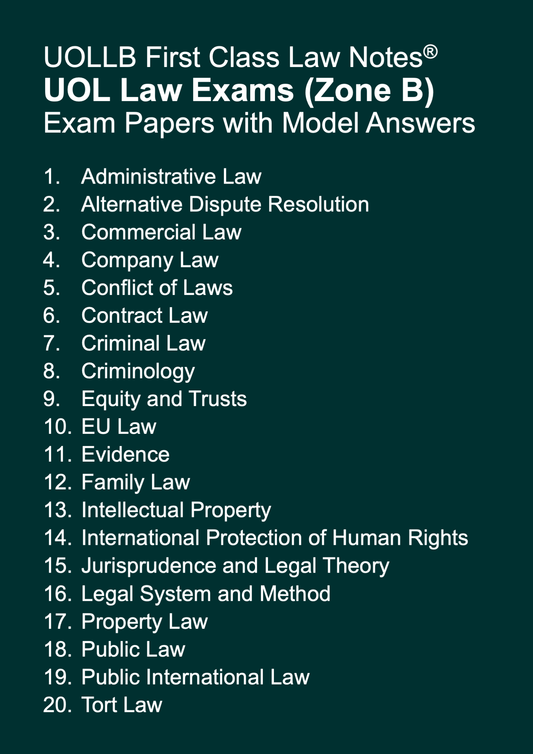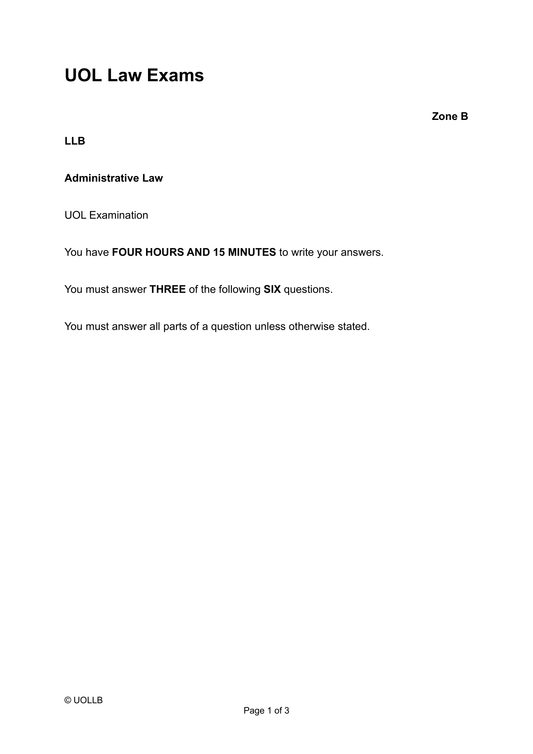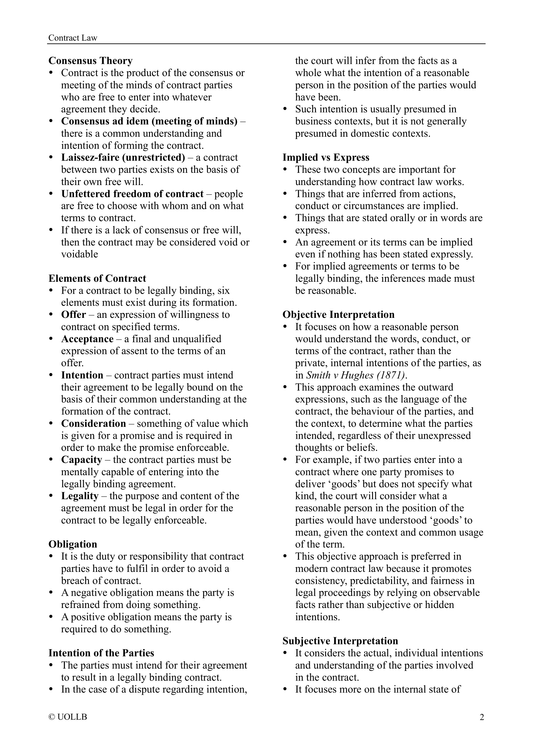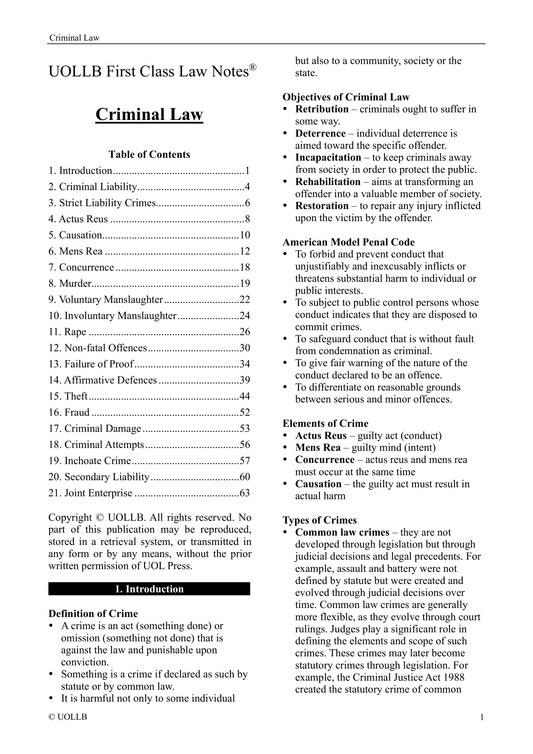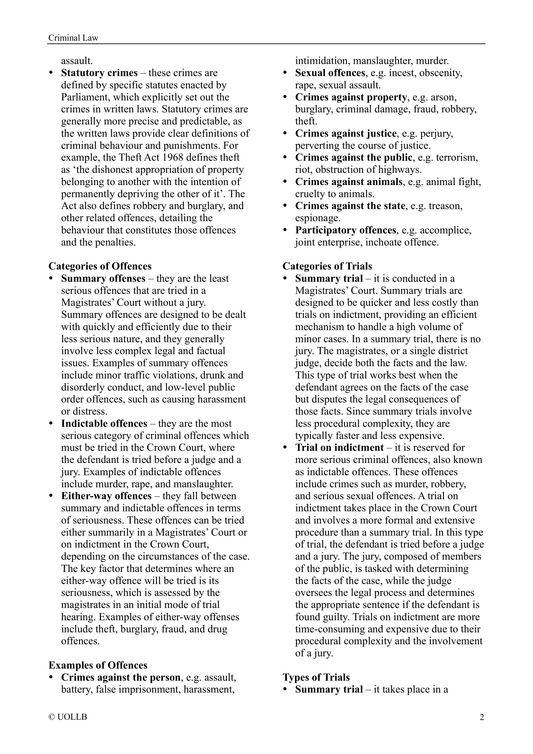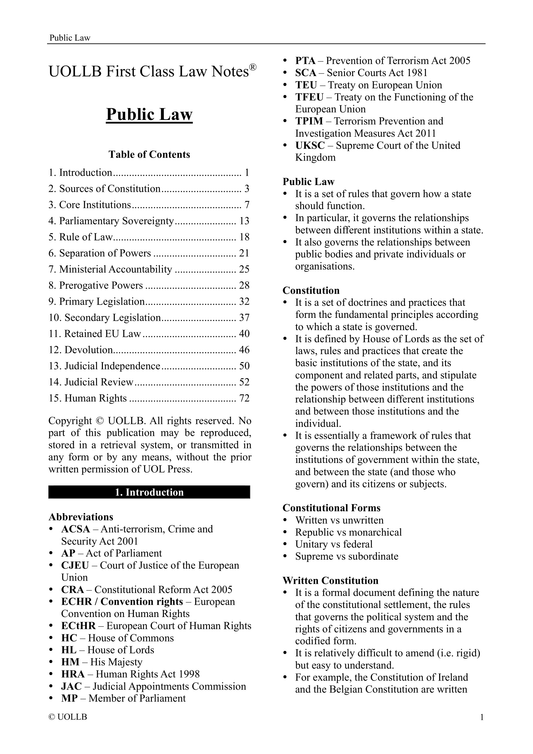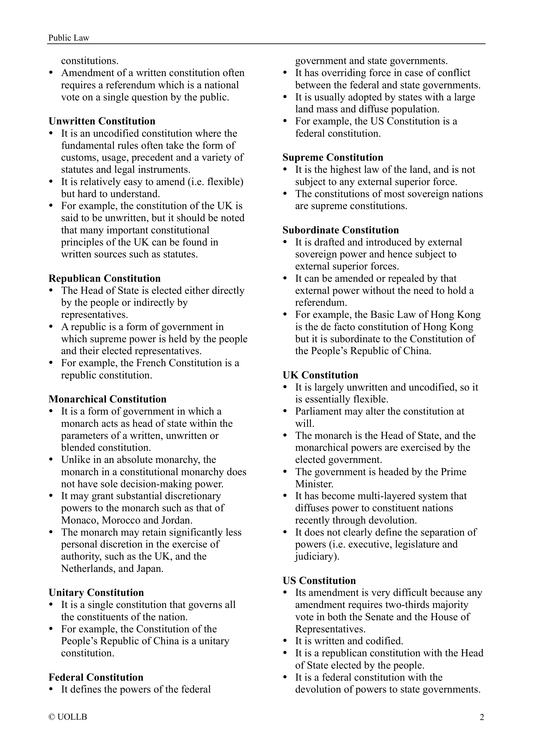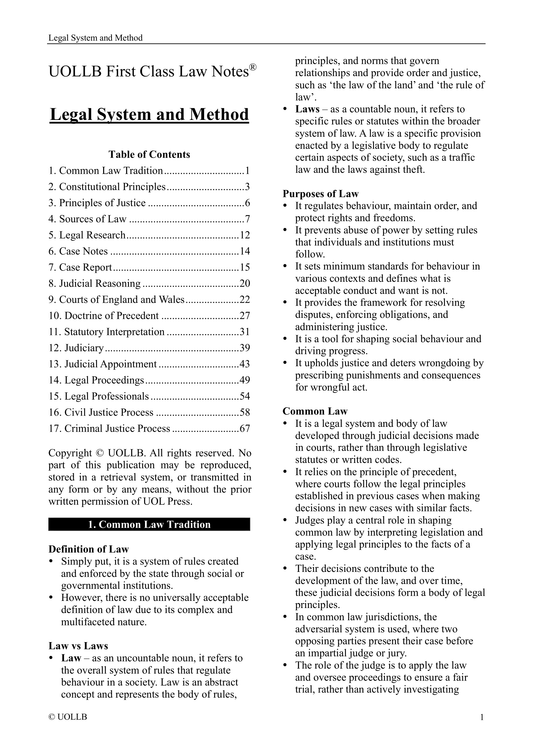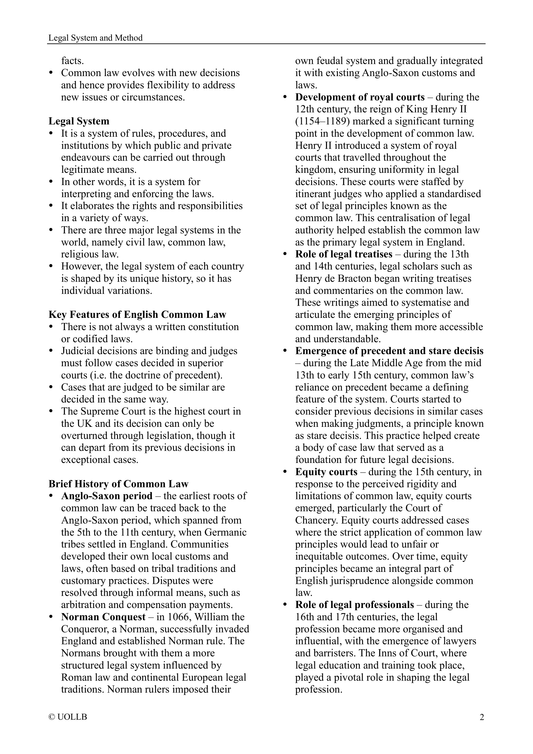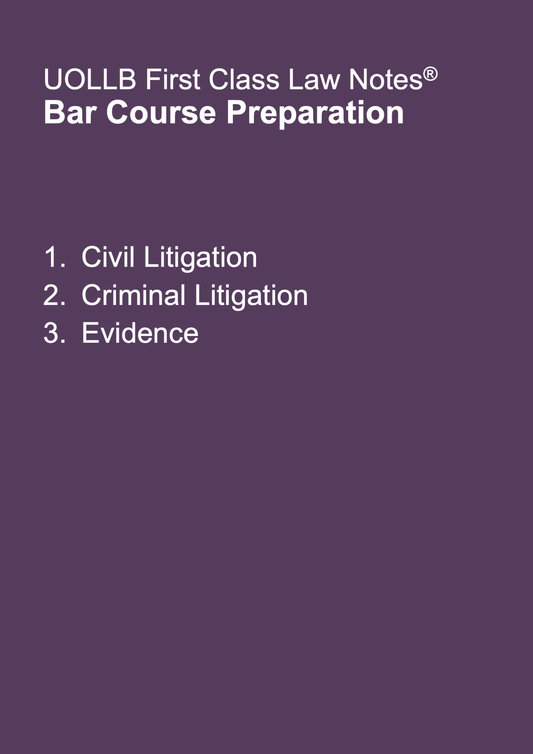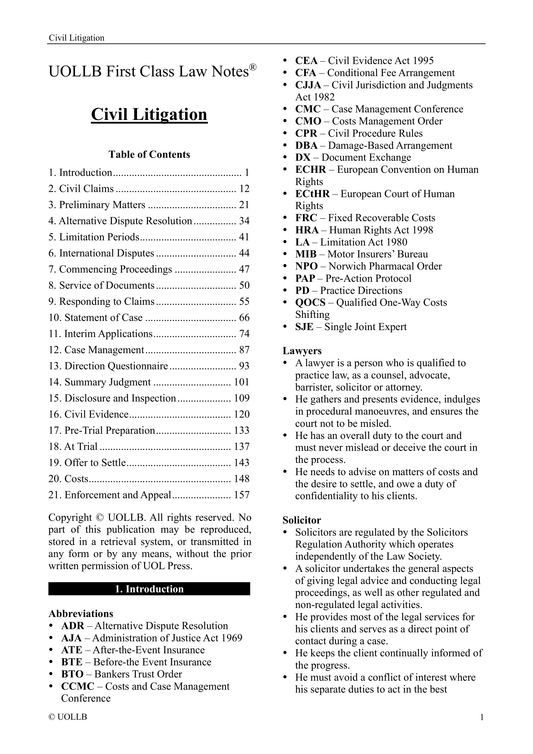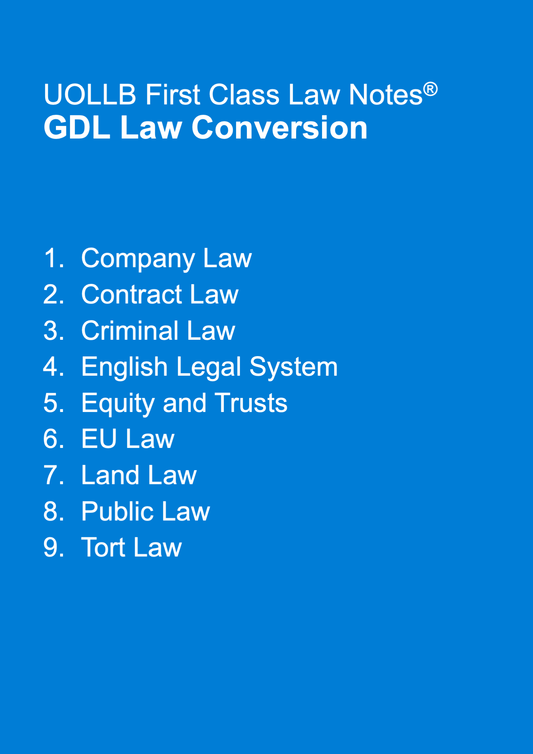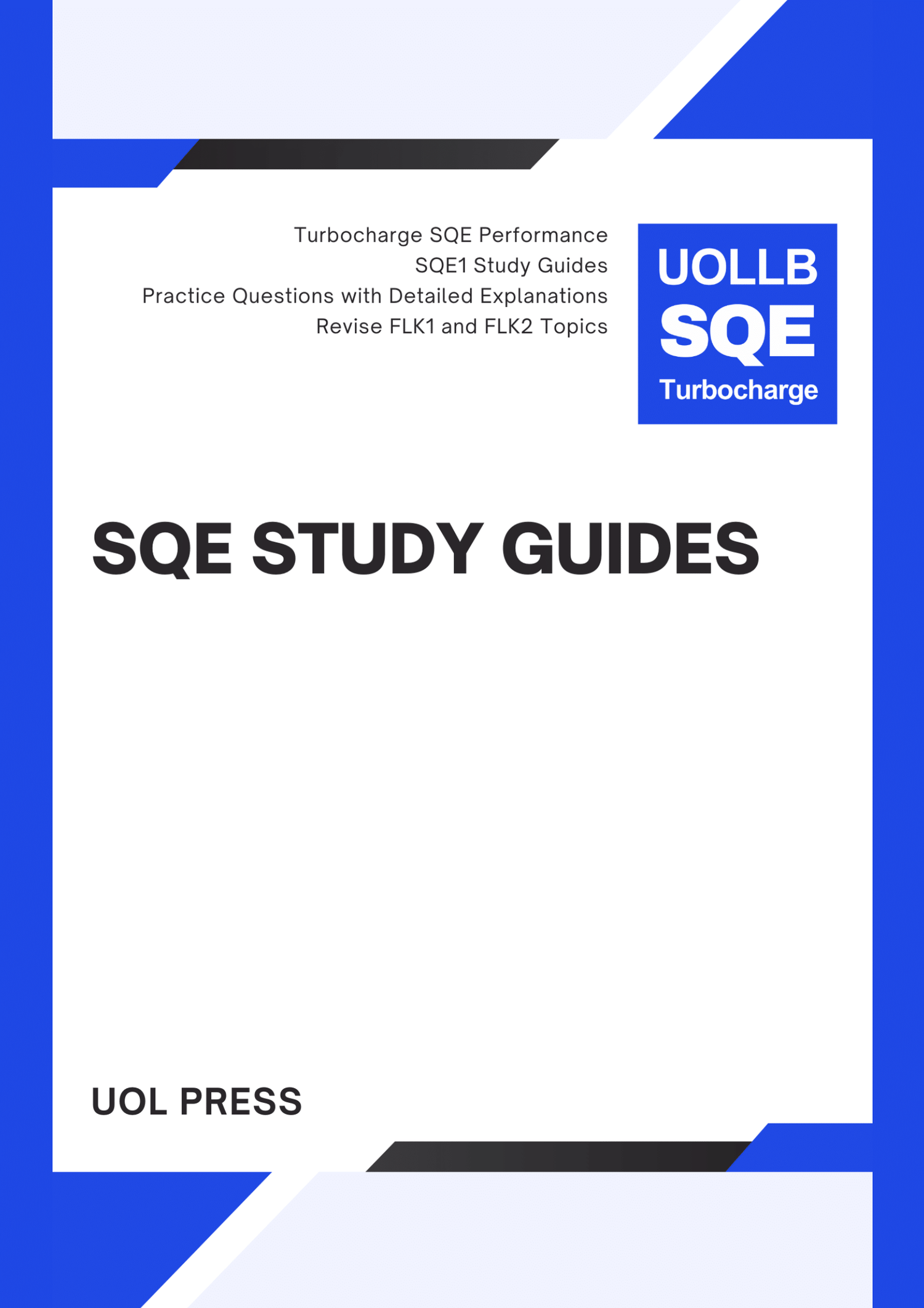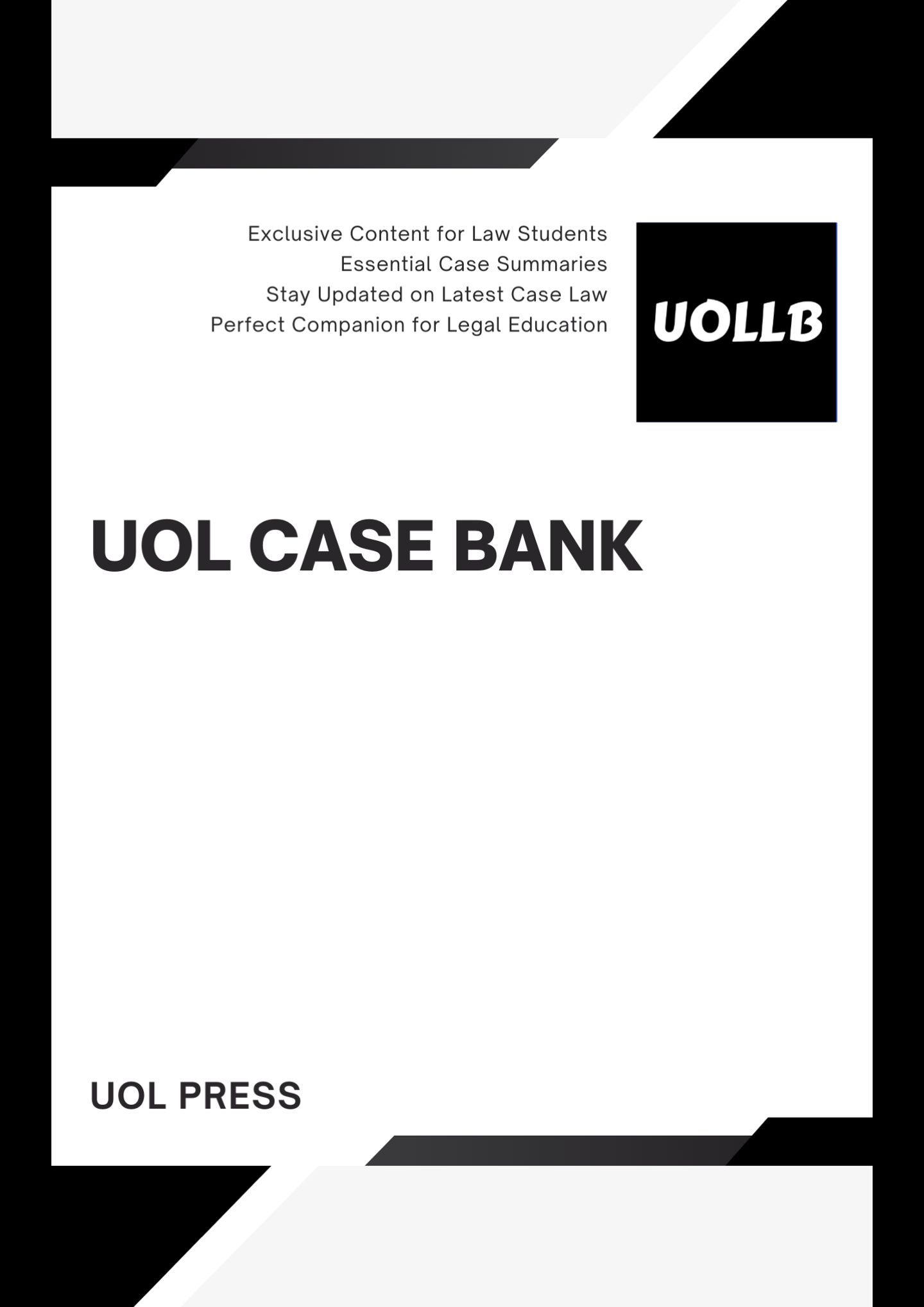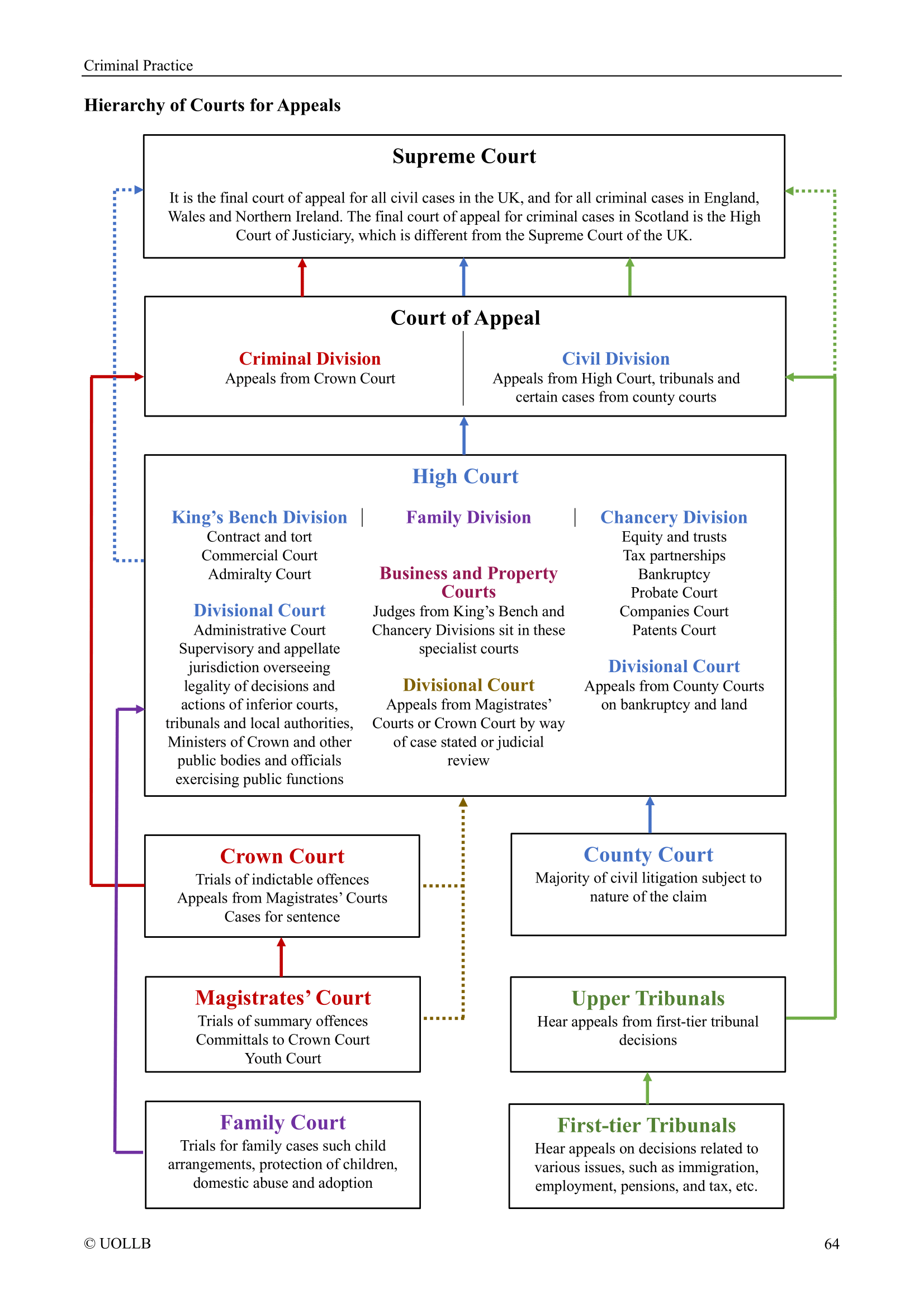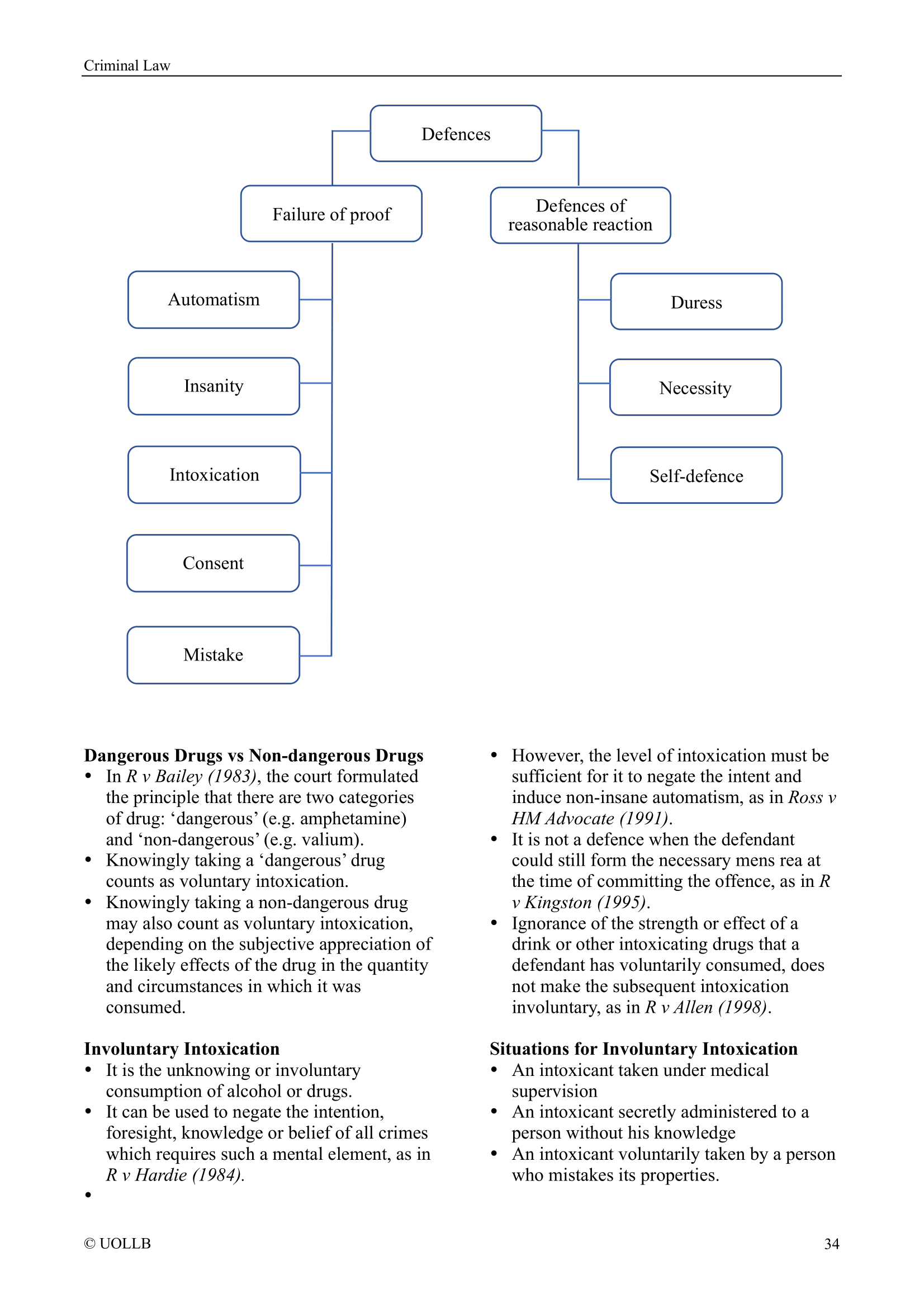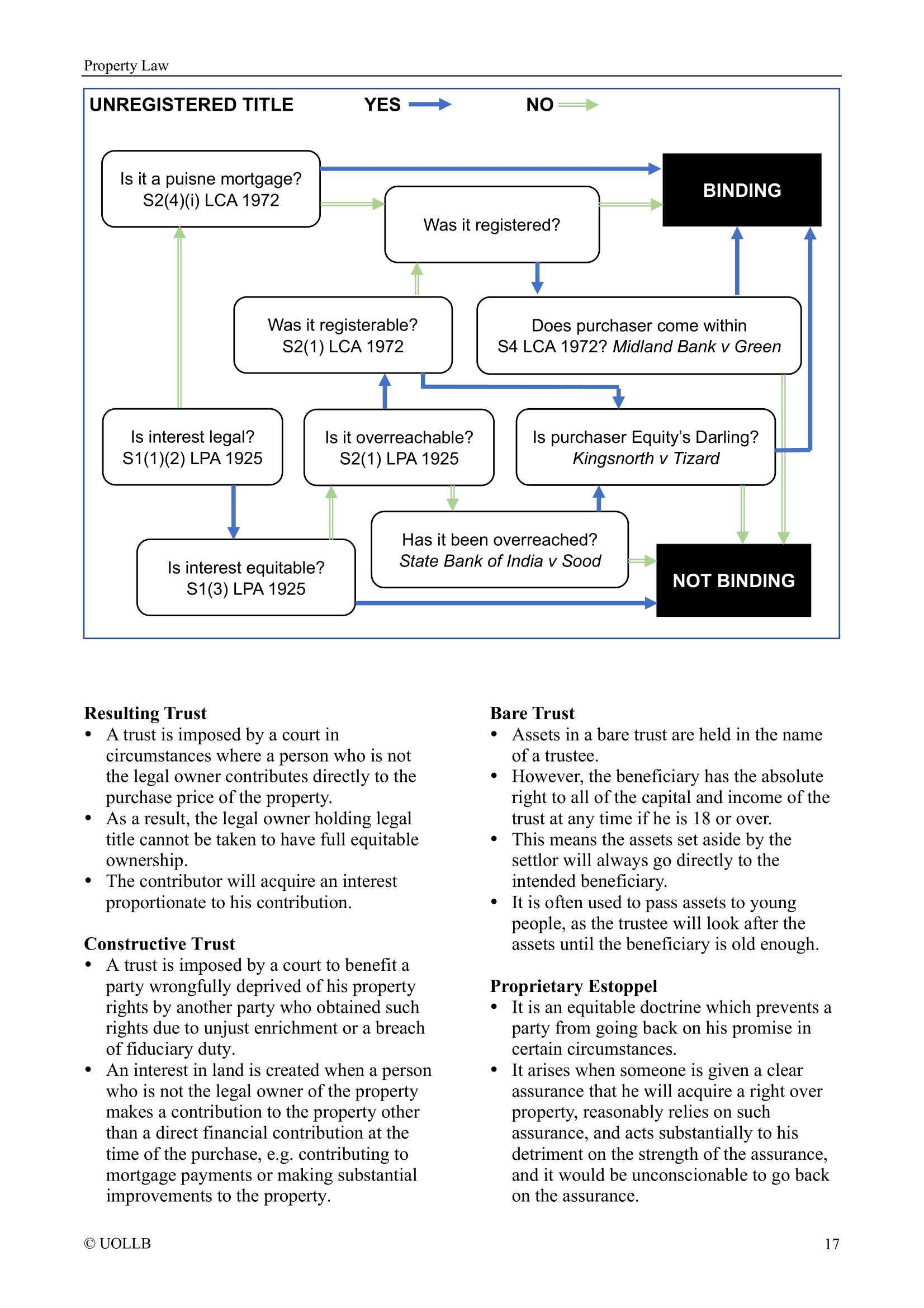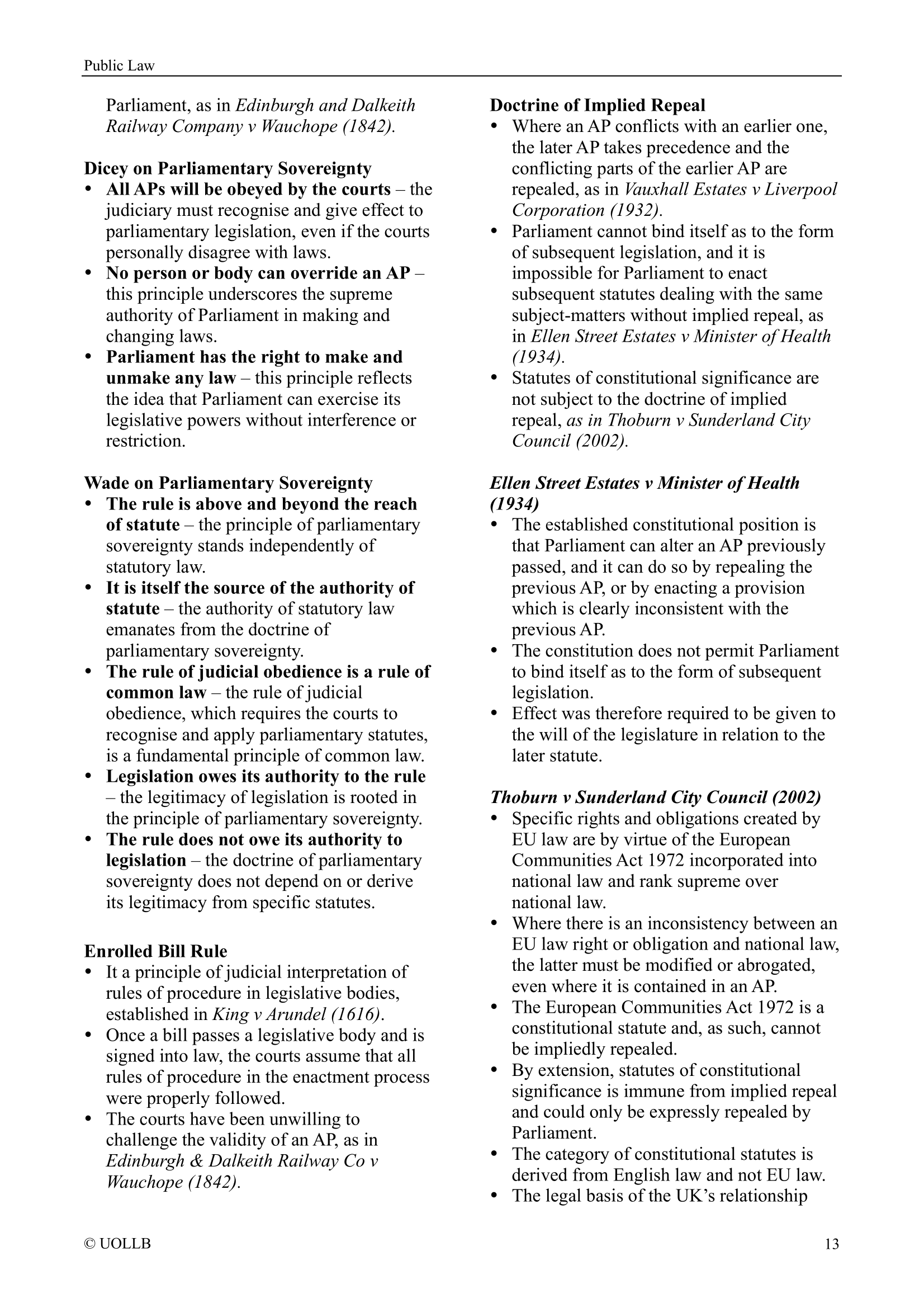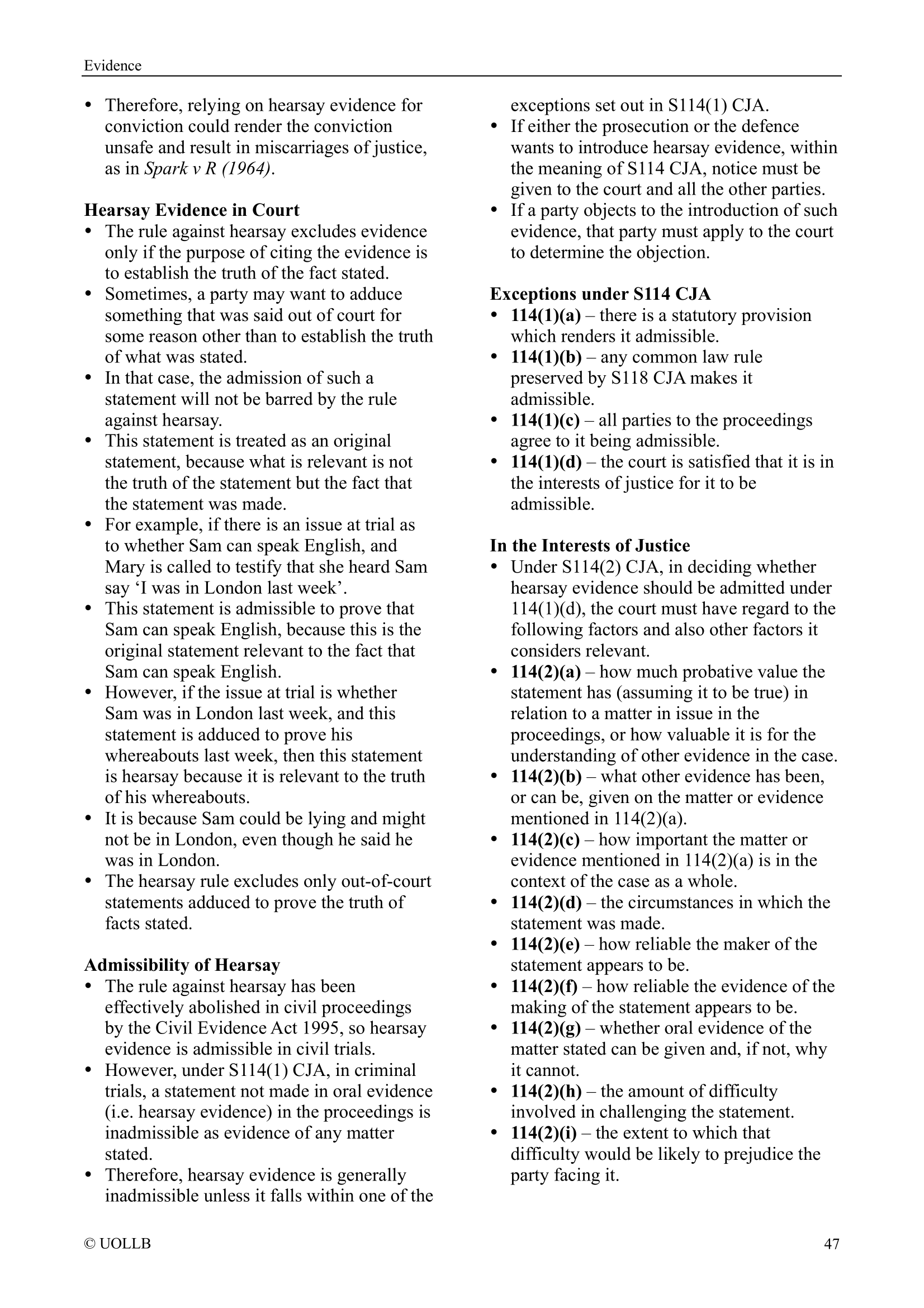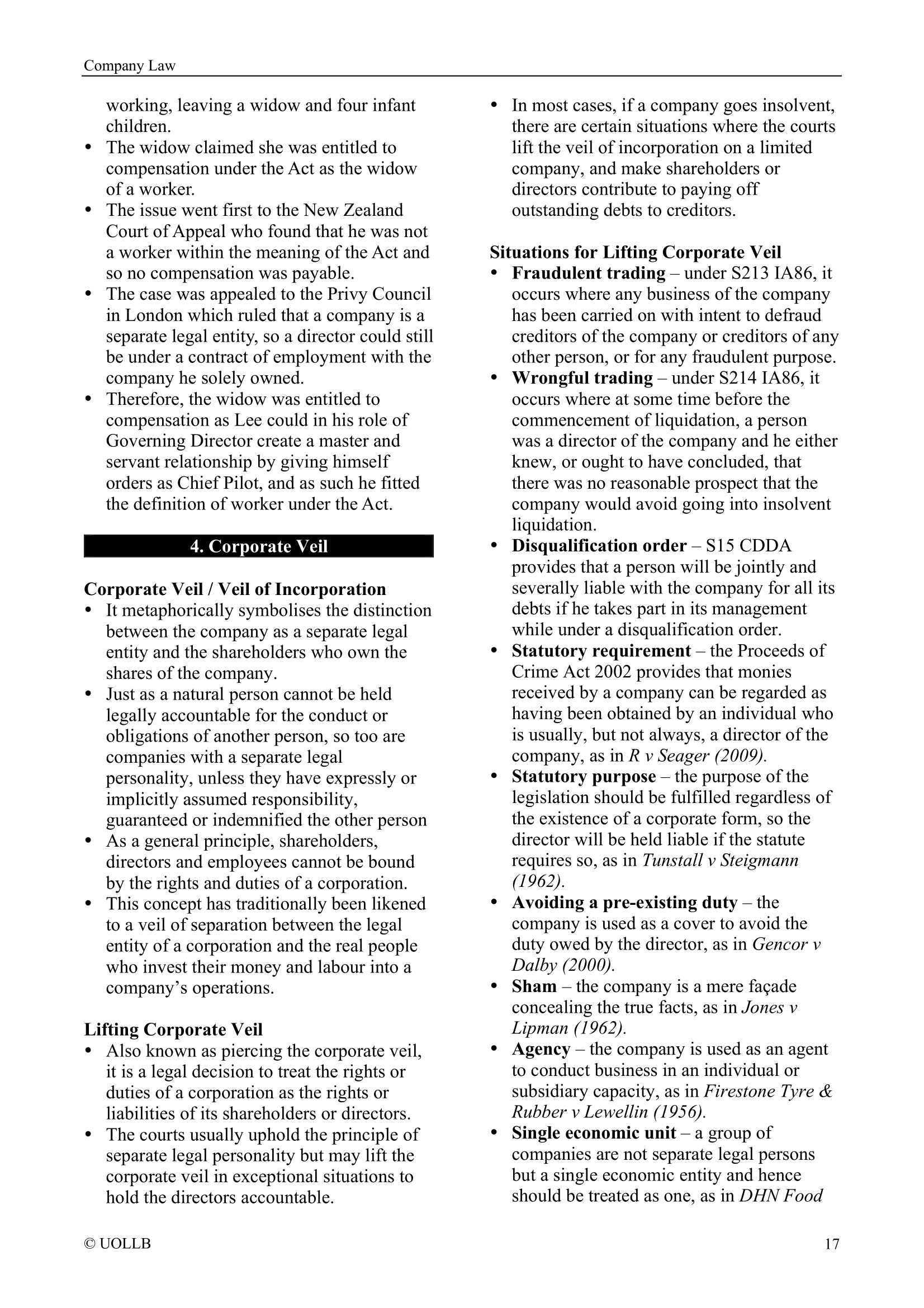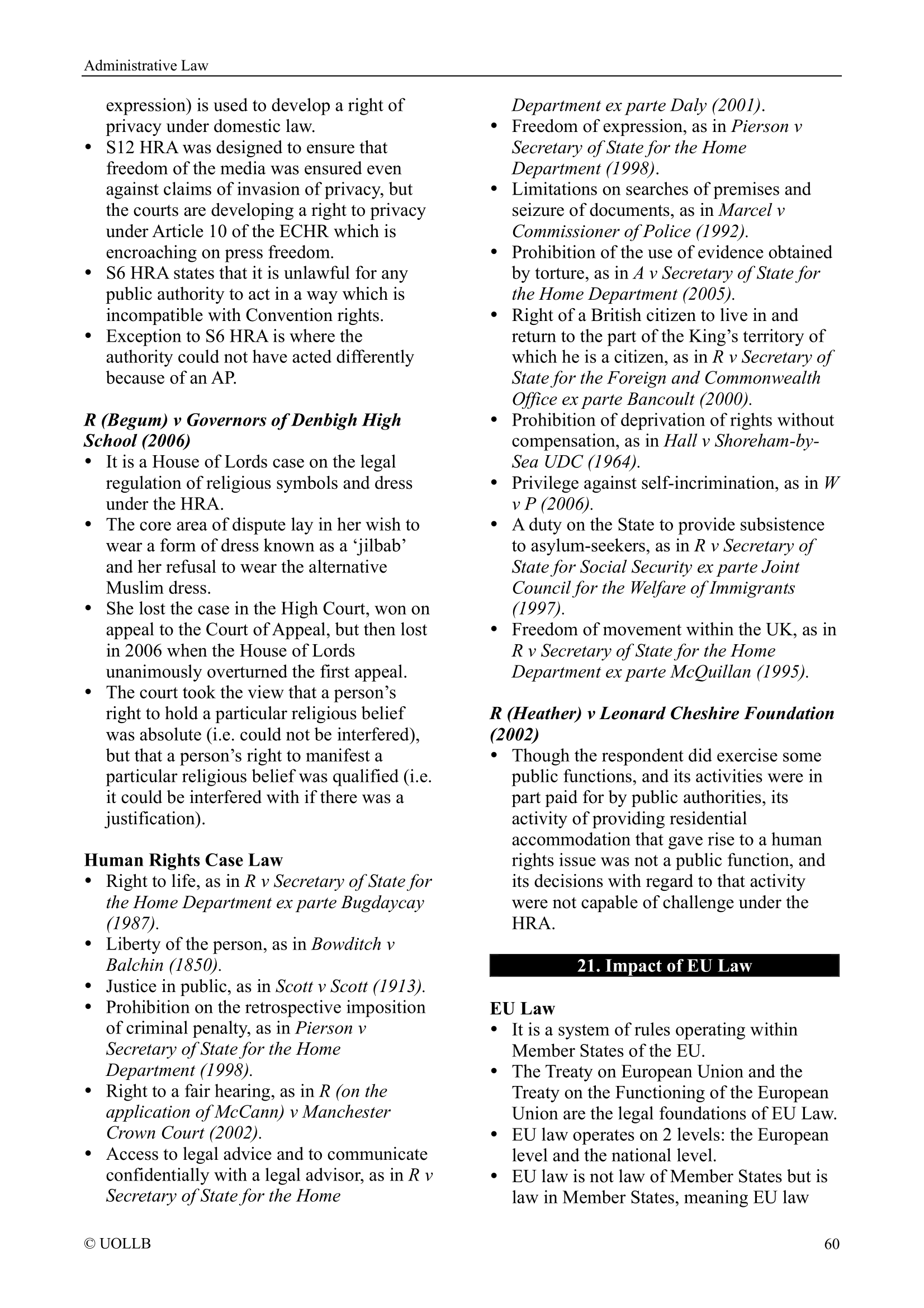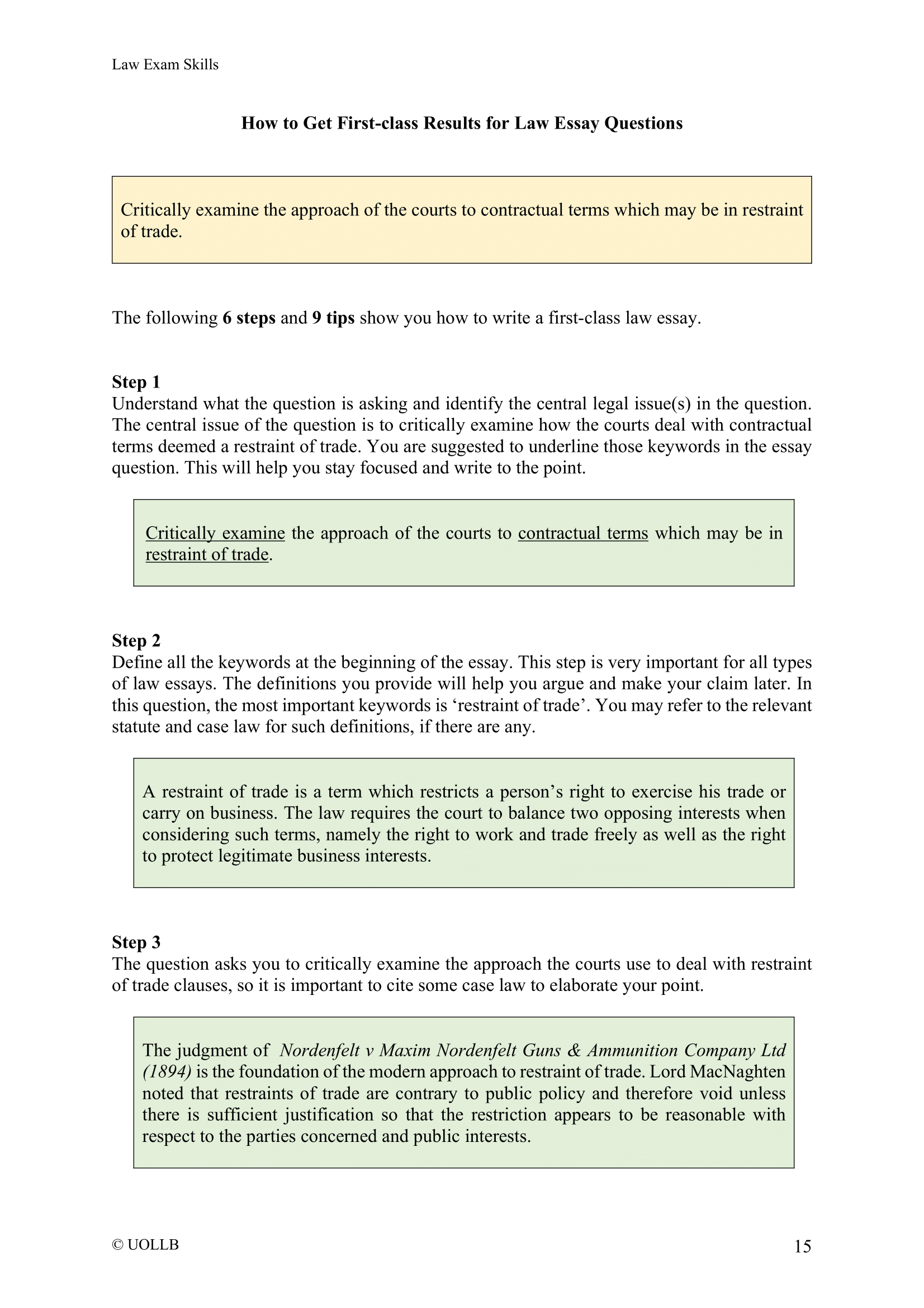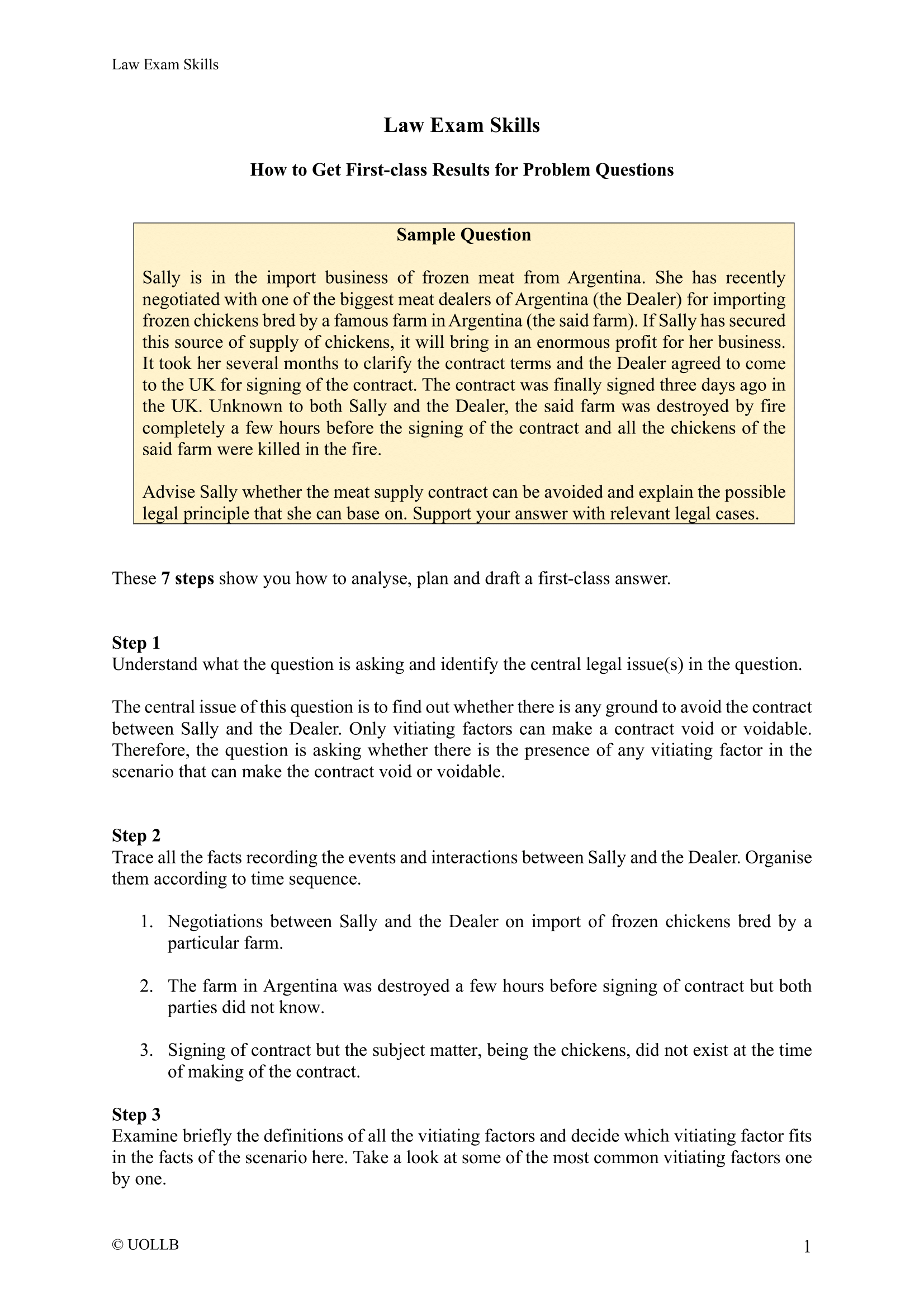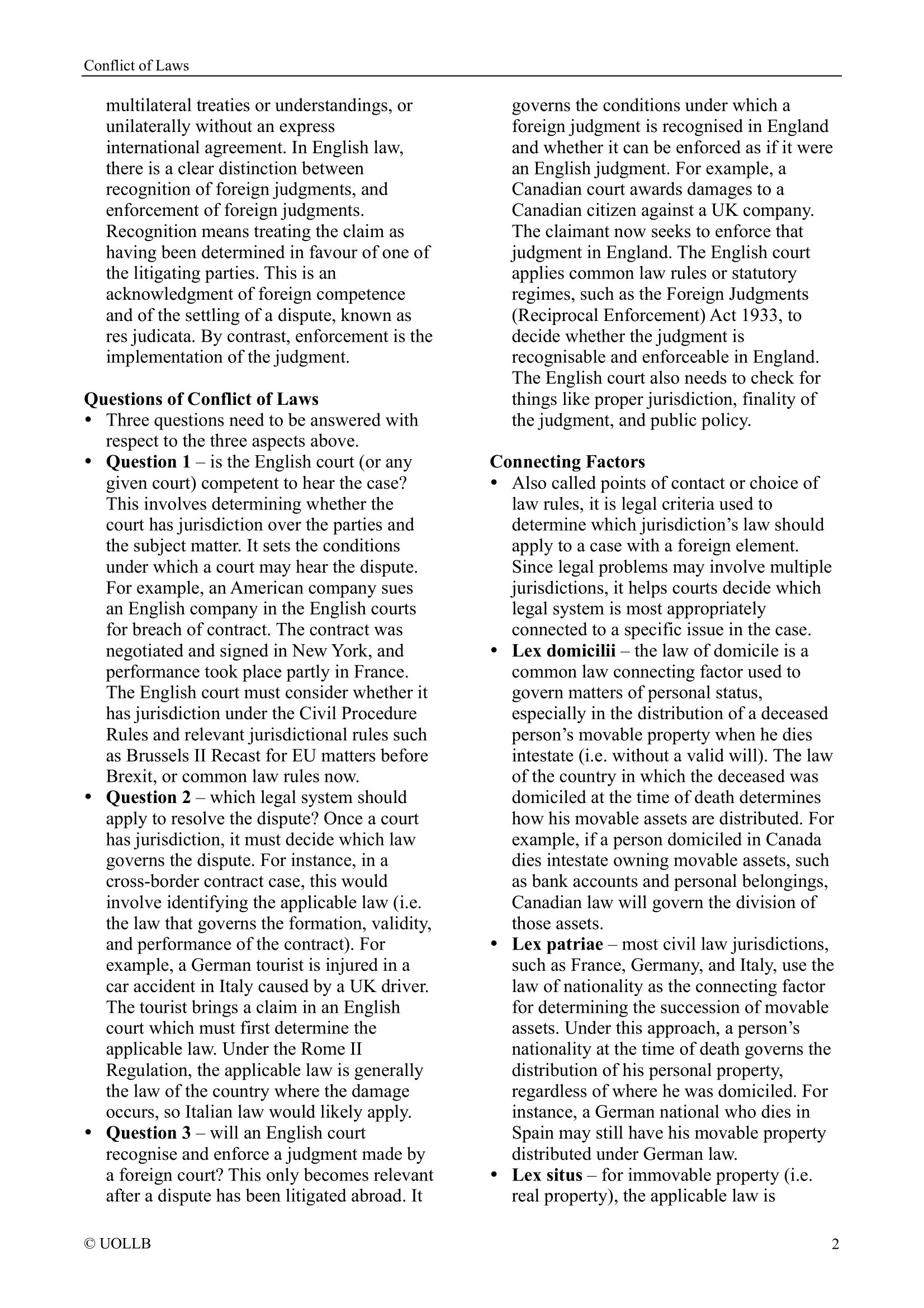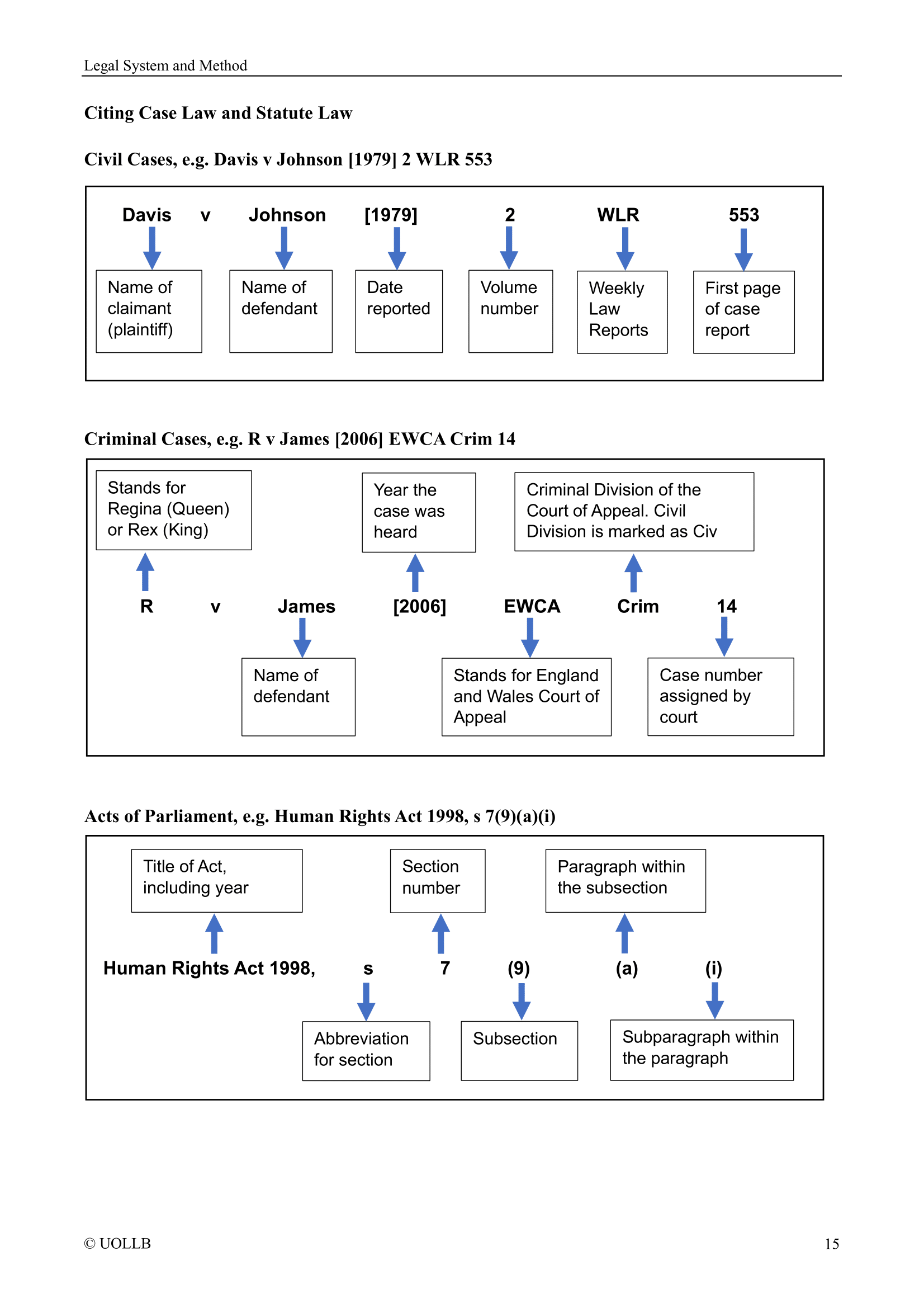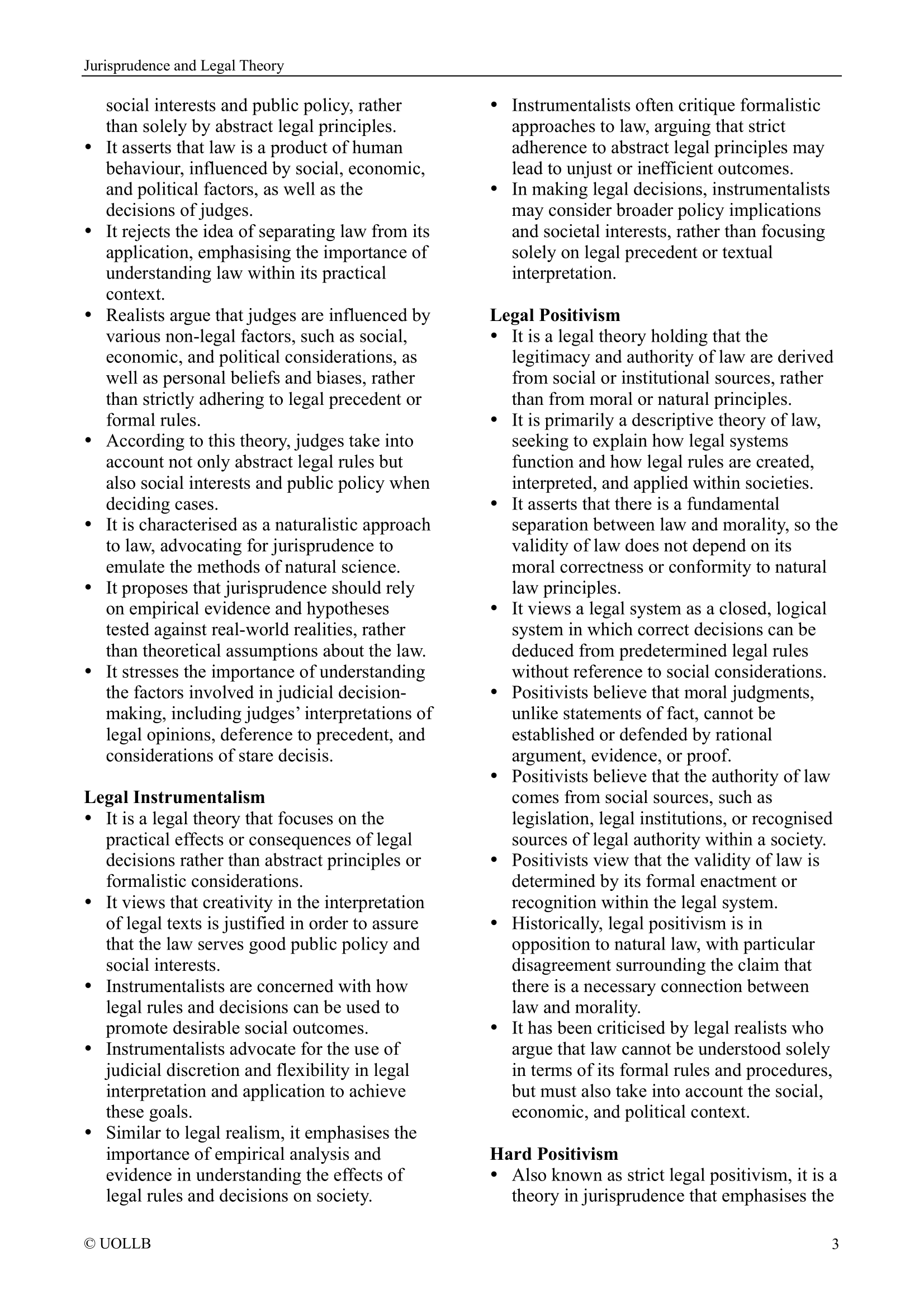Trademark Infringement
Share
Trademark infringement occurs when someone uses a trademark in a way that violates the exclusive rights of the trademark owner. It involves unauthorised use of a registered trademark or a similar mark that is likely to cause confusion, deception, or mistake among consumers.
Use of a similar mark: Trademark infringement can occur when someone uses a mark that is identical or similar to a registered trademark in connection with goods or services that are similar or related to those covered by the registered mark.
Likelihood of confusion: The central element in trademark infringement is the likelihood of confusion. This means that the use of the similar mark is likely to confuse consumers and make them believe that the goods or services are associated with or endorsed by the trademark owner.
Consumer protection: Trademark infringement laws aim to protect consumers from confusion and deception in the marketplace. The use of a similar mark can mislead consumers about the source, origin, quality, or affiliation of the goods or services.
Enforcement: Trademark owners have the right to enforce their exclusive rights by taking legal action against infringers. Remedies for trademark infringement may include injunctions to stop the infringing activities, damages or monetary compensation, and the seizure or destruction of infringing goods.
Defences: In defending against a claim of trademark infringement, defendants may argue that their use of the mark falls under a protected category, such as fair use, descriptive use, or nominative use. They may also challenge the validity of the trademark itself.
Jurisdictional variations: Trademark laws and standards for trademark infringement may vary across jurisdictions. It is important to consult the specific laws and regulations in the relevant jurisdiction to understand the requirements and remedies for trademark infringement.
Trademark infringement can harm the reputation and economic interests of trademark owners. Therefore, it is crucial for trademark owners to monitor the marketplace for potential infringements and take appropriate actions to protect their rights. Likewise, individuals and businesses should be cautious not to use trademarks in a way that could infringe upon the rights of others.
